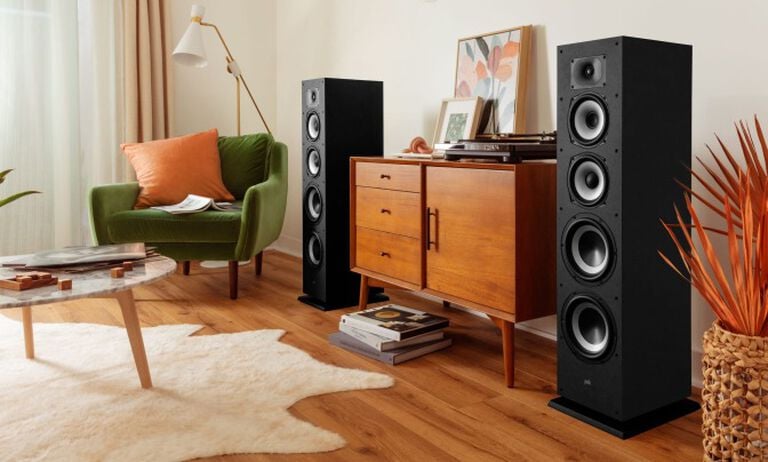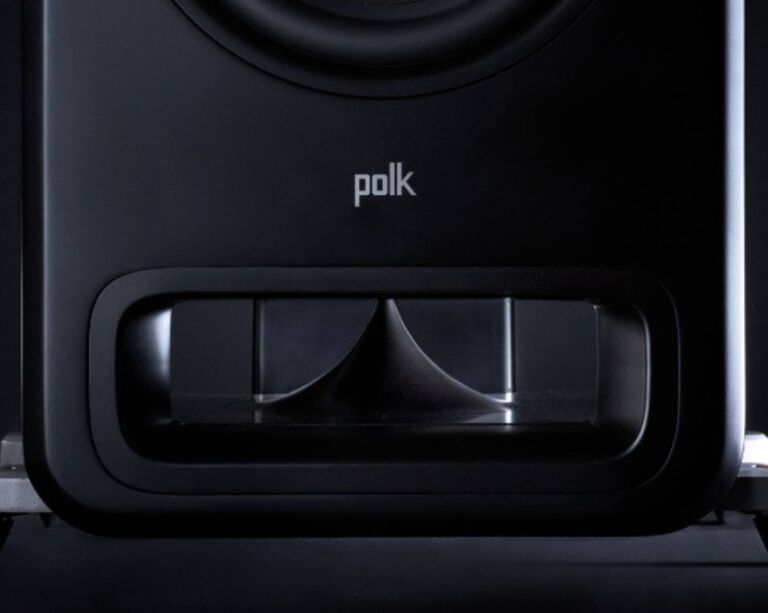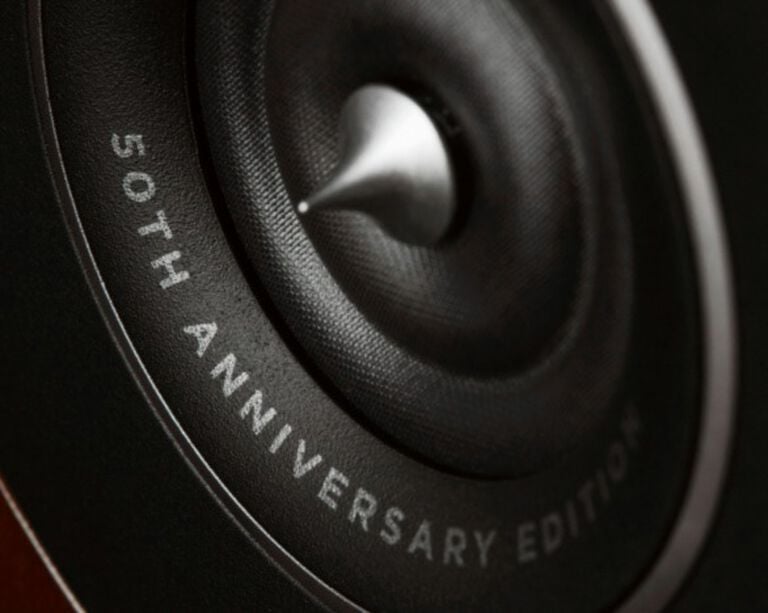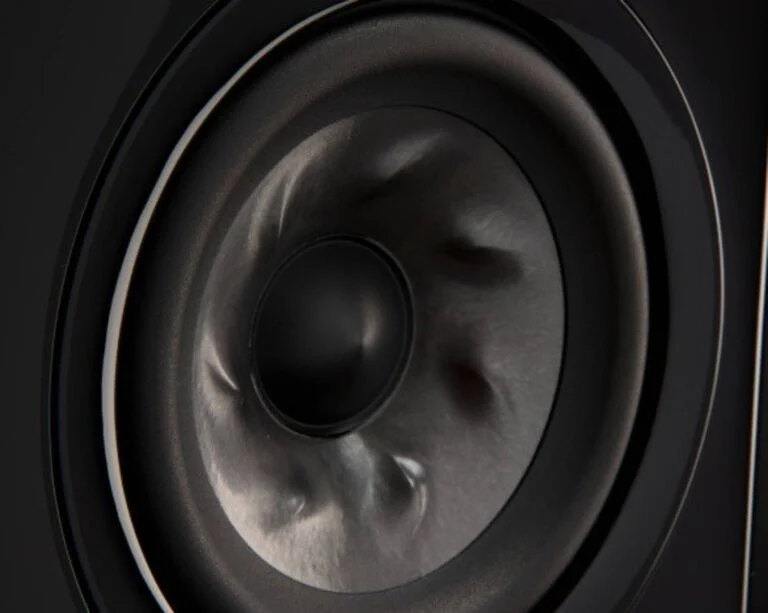The Truth About Power Ratings: Why Sometimes Less is More
Article written by POLK STAFF

When narrowing down the search for a new amplifier, receiver or powered speaker, it helps to understand what power ratings mean, and how they apply to your product. The assumption is that the more watts a device can output, the better, louder sound it will produce. While that is true to an extent, power ratings do not represent a direct correlation between power and sound quality all of the time.
Yes, it's true that the higher the power (watts), the louder and cleaner the speakers will play. Small differences in power, however, don't make much of an audible change. In order to perceptively hear a difference (a 3dB increase), the power would have to double. That means a 50 watt per channel receiver would have to go up to 100 watts per channel before you could discern a noticeable change.
In other cases, you may have two receivers or amps of equally rated power, yet find that one plays louder and sounds richer than the other. Why? This quality discrepancy between what otherwise appears to be products of equal caliber is the result of manufacturer testing. Some manufacturers measure only one operating channel at a time, rather than all channels driven simultaneously - which more closely represents real-life, living room use. And because standard amplifier tests cannot mimic the same electrical conditions or quality of sound through a loudspeaker, power ratings may inaccurately represent acoustic merit in an at-home setting.
So how do you avoid this? Here's what to look for when browsing.
Use a critical eye for power specifications
Thorough, meaningful power specs would look something like this: 100W/ channel @ 8-ohms, with no more than 0.1% THD, from 20-20,000 Hz, all channels driven. In this example, the power was measured to represent how it will be used: at low Total Harmonic Distortion (less than .5%), through the entire audible frequency range (20 Hz-20 kHz) and with all speakers playing. It more accurately represents power usage in a real-life scenario.
A lower quality receiver might quote power like this: 100W/channel at 8 ohms, at 1 kHz, one channel driven. That's more or less like quoting a car's acceleration at 0-60 MPH in 7 seconds, downhill with a stiff tail wind. In other words, a lot of power, but only in infrequent cases and with perfect conditions.
Seek power ratings lower than 8-ohm loads for amps
Ideally, the amp should be able to pump at least 50% more power into a 4-ohm load than it would into an 8-ohm load. If you don't see a 4-ohm power rating quoted on the amplifier, chances are that it will not be able to drive a 4-ohm speaker. Most speakers are less than 8-ohms for at least some portion of the frequency range, and many fine speakers are quoted at 4-ohms. Find a receiver that can safely drive a 4-ohm speaker without compromising quality or robust sound in the process.
Check out the power efficiency
Loudspeaker efficiency is the most important factor in determining how loud your system will play, and is defined as the amount of sound produced by one watt at a distance of one meter. A loudspeaker of moderate efficiency would generate roughly 87 dB from one watt at one meter. A highly efficient speaker might produce 90 dB. As you move up by increments of 3dB, efficiency doubles the sound output for a given power input. So, a 100-watt, 90 dB self-powered speaker and a 200-watt 87 dB speaker generate exactly the same sound output.
Regulations by the FTC state that power ratings of all amplifiers, including those in self-powered speakers, must have power specs that represent "continuous average power into a stated impedance, as a stated distortion over a bandwidth." In layman's terms, they need to represent continuous, real-life use, and not just a one-off best case scenario. Though we're moving toward better standardization across manufacturers and brands, the best way to evaluate powered speakers in the meantime, is simply to listen to them. Demo the speakers in-store and listen to see how loud it can play before the sound starts to distort.
Looking to demo Polk tower speakers, bookshelf speakers, sound bars and more? Take a look at where you can experience Polk sound live.


